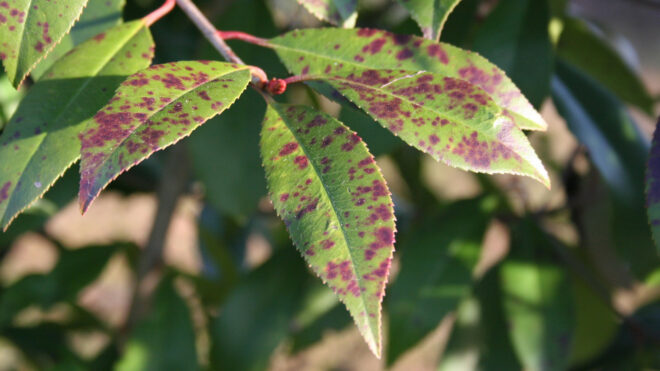Did you know that scientists currently know of around four hundred and fifty different foreign insects and pathogens that infect and feed on North American trees?
Trees are nature’s invaluable gifts to our planet, playing vital roles in purifying the air we breathe, providing habitat for countless species, and enhancing the beauty of our surroundings.
However, much like humans, trees can also suffer from various diseases that can compromise their health, longevity, and structural integrity.
In some cases, these diseases may necessitate tree removal to protect other trees, property, or public safety.
Understanding the main types of tree diseases is crucial for homeowners to diagnose and address issues promptly and efficiently. To make your job easier, we’ve written a guide. Keep reading to find out more.
1. Oak Wilt
Oak wilt is caused by the fungus Bretziella fagacearum. This infects the vascular system of oak trees. The disease can spread through root grafts or by sap-feeding beetles carrying fungal spores.
Symptoms include wilting, browning, and defoliation. These symptoms usually start at the top of the tree and progress downwards.
Early identification and intervention are critical in managing oak wilt. This is why you should familiarize yourself with pictures of tree diseases to help recognize the symptoms.
2. Anthracnose
Anthracnose is a group of fungal plant diseases. These diseases affect various tree species, including sycamore, ash, oak, and maple.
These diseases cause irregular brown or black blotches on leaves, leading to defoliation, twig dieback, and sometimes tree death.
In some cases, it may be necessary to remove dead trees affected by anthracnose. Regular pruning and proper sanitation practices can also help control anthracnose.
3. Phytophthora Root Rot
Phytophthora root rot is caused by several species of the Phytophthora fungus. This fungus infects the roots and lower trunk of susceptible trees.
The disease leads to root decay, reduced water, and nutrient uptake, and ultimately tree death.
Affected trees may exhibit wilted, discolored foliage, dieback, and reduced growth.
4. Chestnut Blight
This fungus infects the tree’s bark, causing cankers that girdle the trunk and branches, ultimately leading to dieback and tree death.
To prevent the spread of chestnut blight, it is often necessary to remove dead trees or those with extensive canker formation.
5. Dutch Elm Disease (DED)
Dutch Elm Disease is a devastating tree disease caused by the fungus Ophiostoma novo-ulmi, which primarily affects elm trees.
The disease spreads through the feeding activities of elm bark beetles, as well as through root grafts between infected and healthy trees.
As the fungus invades the tree’s vascular system, it obstructs the flow of water and nutrients. This will cause wilting, yellowing, and eventual death of the branches and leaves.
To identify Dutch Elm Disease, look for wilting leaves and discolored streaks in the sapwood. If you suspect DED in your elm tree, consult an arborist for advice on whether to remove the dead tree or attempt treatment.
Tree Diseases to Know About
It is important for homeowners to familiarize themselves with the most common tree diseases that require tree removal.
One of the most prevalent tree diseases is oak wilt. You should also familiarize yourself with the signs of phytophthora root rot and Dutch elm disease.
If you think that your trees have one of these diseases, you might need to remove them.
Do you need help removing trees from your property? If so, we can help you. Don’t hesitate to contact us to get started today!

